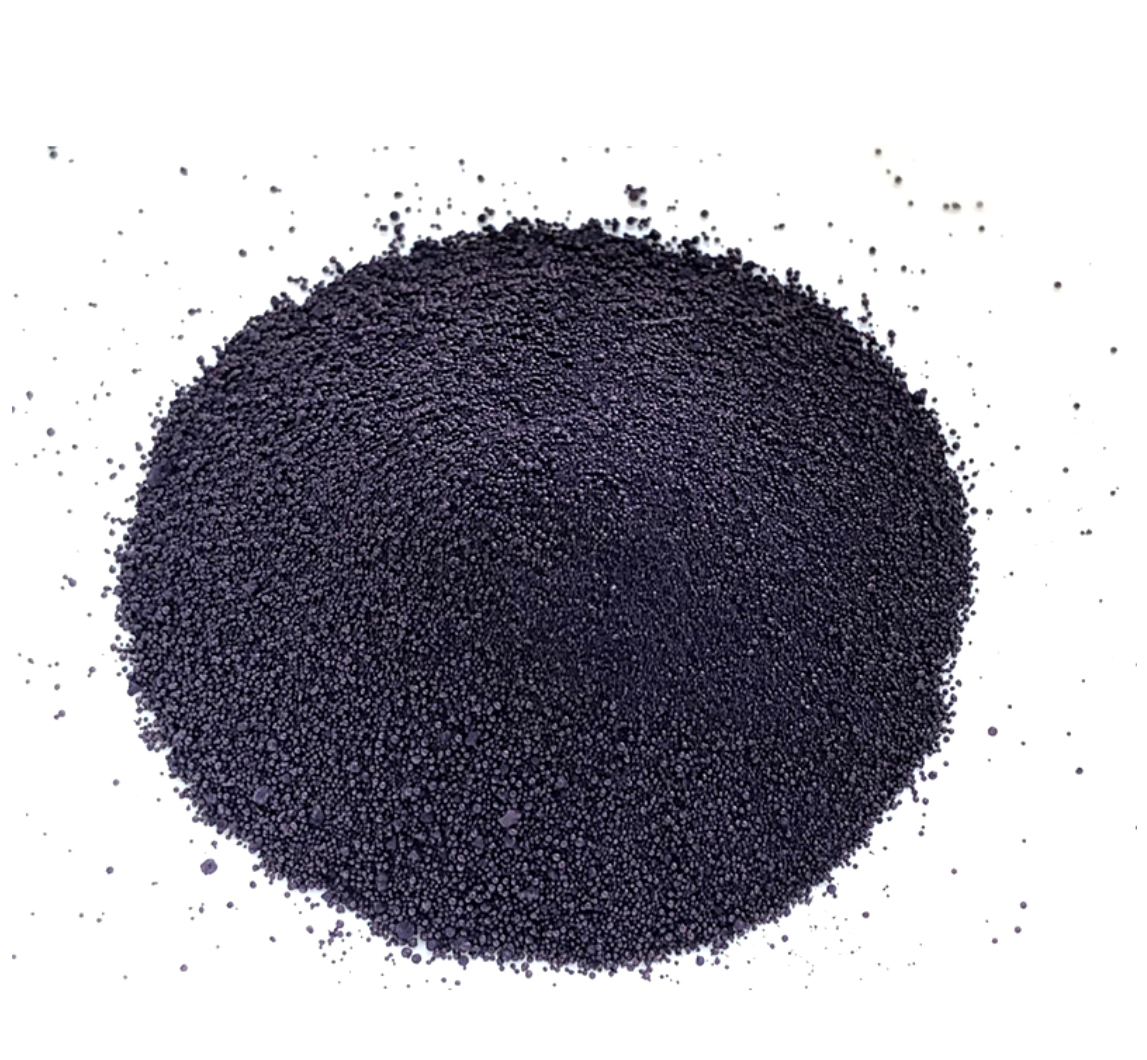famous natural indigo dyes
The Enigmatic World of Natural Indigo Dyes
Indigo, one of the most revered natural dyes throughout history, has captured the imagination of artisans, traders, and consumers alike. Derived from various plants, indigo dyes possess a unique ability to produce rich blues that have graced the textiles of cultures around the world. From ancient civilizations to contemporary fashion, the journey of natural indigo is both fascinating and profound.
Historical Significance
Indigo dyeing dates back thousands of years, with evidence of its use as early as 2500 BCE in ancient civilizations such as India, Egypt, and Mesopotamia. The dye was known to symbolize wealth and power, leading to its nickname, “blue gold.” As cultures expanded and traded, indigo spread across continents. In places like West Africa and Central America, local varieties of indigo plants were cultivated, contributing to the rich tapestry of dyeing techniques and cultural expressions.
The significance of indigo was not merely aesthetic. In many societies, the process of indigo production involved intricate rituals and communal gatherings, linking the dye to social identity and legacy. For instance, in India, the plant Indigofera tinctoria was essential not only for its dyeing properties but also as part of traditional agricultural practices.
Cultivation and Extraction
Indigo is primarily extracted from the leaves of the indigo plant. The most commonly used species include Indigofera tinctoria and Persicaria tinctoria. The extraction process is labor-intensive, involving harvesting, fermenting, and processing the leaves to convert the indican glycoside, found within, into the dye. This conversion results in a brilliant blue that can vary in shade depending on various factors such as the plant’s growing conditions and the dyeing method employed.
Once the leaves are harvested, they are soaked in water for fermentation, which releases the indigo into the solution. The resulting liquid is aerated to precipitate the dye, which then settles at the bottom. After further processing, the indigo can be dried and powdered, ready to be used in dyeing textiles.
famous natural indigo dyes

Dyeing Techniques
The art of dyeing with indigo is steeped in tradition, with various techniques passed down through generations. One of the most iconic methods is known as Shibori, a Japanese resist-dyeing technique where cloth is tied, stitched, or folded to create intricate patterns. The areas secured from the dye reveal stunning designs against the vibrant blue background.
In West Africa, indigo dyeing is often associated with traditional textiles, such as batik and tie-dye. Here, artisans create symbolic patterns that reflect their cultural narratives and histories. The indigo dyeing process is often communal, emphasizing its significance in social gatherings and collective identity.
Modern Revival
In recent years, there has been a resurgence of interest in natural indigo dyes, fueled by growing awareness of sustainable and eco-friendly practices. The fashion industry, often criticized for its ecological impact, has begun to embrace natural dyes as a way to promote sustainable practices. Designers and brands are increasingly using natural indigo to minimize their carbon footprint while celebrating traditional craftsmanship.
This revival is not just beneficial for the environment; it also offers economic opportunities for artisans in various regions who rely on traditional dyeing practices. By valuing natural indigo, consumers contribute to the preservation of cultural heritage and sustainable livelihoods.
Conclusion
Natural indigo dyes are a testament to the profound relationship between humans and the environment. From their rich historical significance to contemporary applications, indigo continues to inspire creativity and innovation. As the world increasingly turns toward sustainable practices, the allure of natural indigo remains as vibrant as ever. This age-old dye, capable of evoking deep emotions and connecting communities, is a reminder of the beauty found in nature and the artistry of human hands. Embracing this ancient craft not only preserves a vital part of our cultural heritage but also paves the way for a more sustainable future.
-
The Timeless Art of Denim Indigo Dye
NewsJul.01,2025
-
The Rise of Sulfur Dyed Denim
NewsJul.01,2025
-
The Rich Revival of the Best Indigo Dye
NewsJul.01,2025
-
The Enduring Strength of Sulphur Black
NewsJul.01,2025
-
The Ancient Art of Chinese Indigo Dye
NewsJul.01,2025
-
Industry Power of Indigo
NewsJul.01,2025
-
Black Sulfur is Leading the Next Wave
NewsJul.01,2025

Sulphur Black
1.Name: sulphur black; Sulfur Black; Sulphur Black 1;
2.Structure formula:
3.Molecule formula: C6H4N2O5
4.CAS No.: 1326-82-5
5.HS code: 32041911
6.Product specification:Appearance:black phosphorus flakes; black liquid

Bromo Indigo; Vat Bromo-Indigo; C.I.Vat Blue 5
1.Name: Bromo indigo; Vat bromo-indigo; C.I.Vat blue 5;
2.Structure formula:
3.Molecule formula: C16H6Br4N2O2
4.CAS No.: 2475-31-2
5.HS code: 3204151000 6.Major usage and instruction: Be mainly used to dye cotton fabrics.

Indigo Blue Vat Blue
1.Name: indigo blue,vat blue 1,
2.Structure formula:
3.Molecule formula: C16H10N2O2
4.. CAS No.: 482-89-3
5.Molecule weight: 262.62
6.HS code: 3204151000
7.Major usage and instruction: Be mainly used to dye cotton fabrics.

